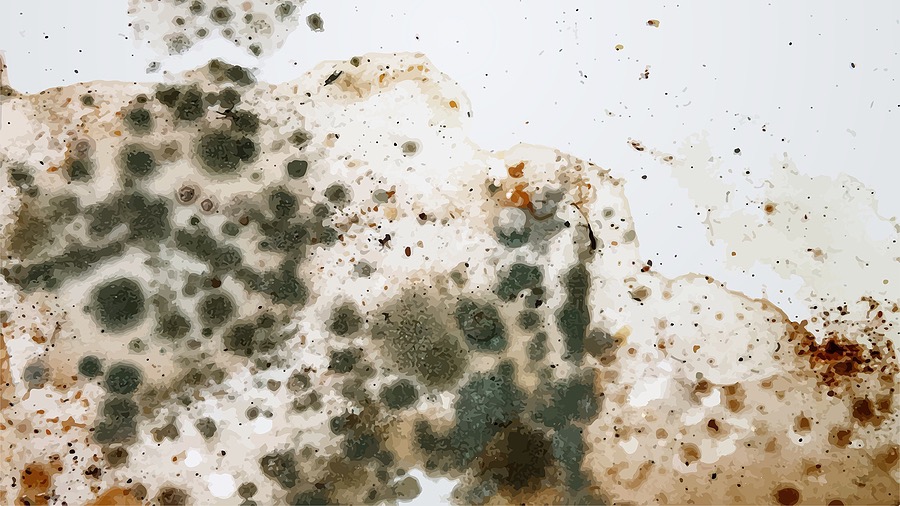Whether you’re living in a home or owning and operating a business, the one thing you don’t want on your property is a mold infestation. Mold presents a big negative for property owners, and not just because it can impact the appearance of a property. It can also carry significant health risks.
What Is Mold?
Mold is a fungus, and fungi are unique enough to have their own kingdom, neither plant nor animal. This means that, unlike animals, they don’t require food, but unlike plants, they don’t require sunlight either. The only thing mold needs to flourish is a certain level of moisture and the right type of material to settle down on and “eat.”
This is why different types of mold appear under different circumstances. For example, bread mold doesn’t require a lot of moisture, but it does better on doughy/yeasty surfaces like bread. On the other hand, black mold requires more moisture and tends to do better in dark, damp places.
How Does Mold Spread?
The most unsettling characteristic of mold is that it’s everywhere. Mold reproduces by sending spores into the air. Those spores are so numerous that mold spores get in every time you open a door or window, even with a screen in place. Only in absolutely quarantined and filtered conditions, such as an airlock, mold can’t invade a space.
All mold needs is the right conditions to grow. This is why mold appears on bread. The spores are already in the air in a home or a business; they wait for the bread to age to the right conditions before they settle down and infest that piece of bread. The same is true for black mold.
Why Is Mold A Threat?
Aside from looking unsightly when it’s visible, mold poses a health risk. This varies from one type of mold to another. For example, a specific kind of mold is used to create blue cheese, so it is perfectly safe to consume. Different types of bread mold run the spectrum from being harmless to eat to causing illness, especially for people with allergies or respiratory conditions, such as asthma.
However, the most dangerous type of mold is the one that infests a property during flooding or other events that introduce extreme moisture conditions into a property. Black mold, as it is called, contains a dangerous mycotoxin.
Black mold is particularly hazardous because while it seriously affects people with respiratory conditions, such as asthma, given enough time, it can also affect people with no health issues. Some symptoms of mycotoxins include nerve and brain-related effects, such as memory loss, inability to concentrate, and even loss of motor control, making walking or using the hands for fine work difficult or impossible.
With enough exposure, inhaling mold spores can cause organ failure and, in the very young, can cause asthma. This is why it’s critical that if you suspect a home or business has a mold infestation, you shouldn’t learn to live with it. Instead, you should seek professional help for mold removal and make the property safe for everyone that spends time there.

